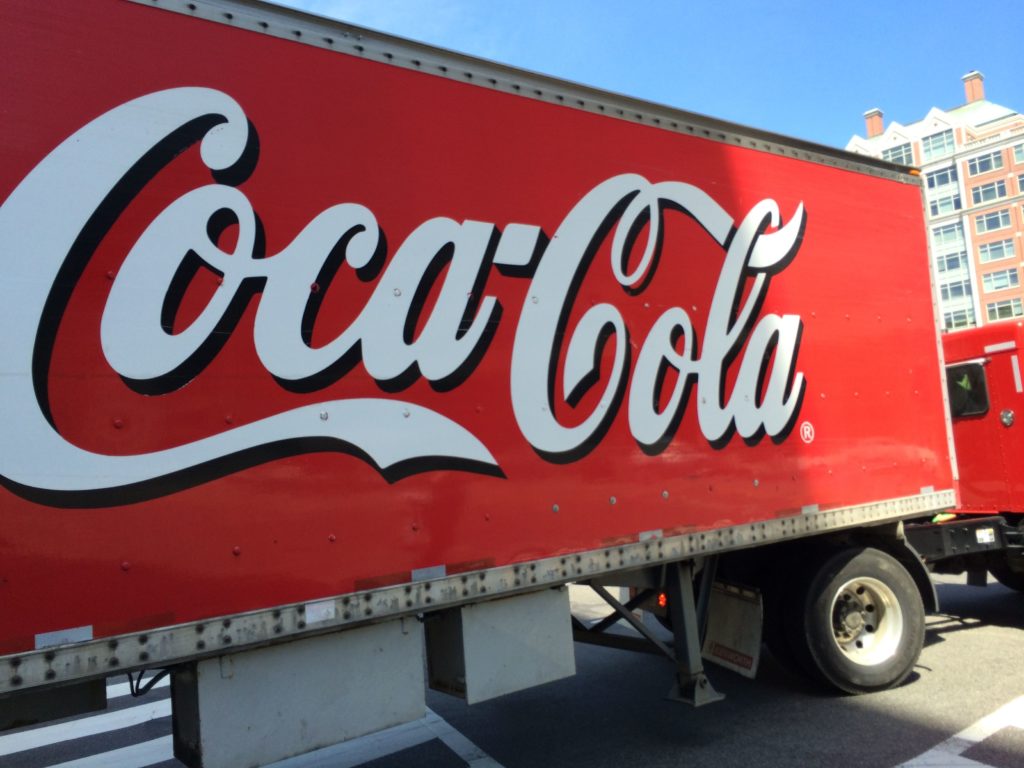My 10 Biggest Culture Shocks in the United States
After spending three years in the United States, I think I get used to the differences. I have incorporated them into my everyday life. But some of them are still surprising when viewed from a professional perspective. Here is my list of 10 culture shocks in the United States:
1. Spanish is omnipresent in the stores…and elsewhere
Once our shipping container arrived, the rally between the house and the DIY store began. Soon after our arrival, we bought a house, a beautiful house but a lot of work had to be done.
Our team of contractors was exclusively Latin American and believe me, for three months I spoke Spanish more often than English! First culture shock in the United States: the big box home renovation stores in our neighborhood have 100% bilingual signage: English on one side, Spanish on the other!

The United States is a country founded on immigration and it shows, not only in the stores. My son’s elementary school sends important information (and unrelated to his schooling) in French as well!
2. The absence of French brands in the supermarkets…and elsewhere
Living as an expat isn’t easy if you want to keep the same eating habits.
Bonne Maman jams can be found everywhere, at a price I would say is reasonable. That’s the exception. Evian, Perrier, Maille and some LU cookies are imported and overpriced.
It’s the same thing for clothing. We have such great quality fashion brands that are conspicuously absent here. There’s a Petit Bateau boutique in Beverly Hills, but Le Comptoir des Cotonniers in New York has closed up shop. How sad.

3. The number of cars on the road with an abundance of horsepower…yet the speed limits are low
Okay, I live on the East Coast, in the capital region. There’s money in Washington and Americans aren’t afraid to show it. But I’ve seen BMWs, Mercedes and Audis everywhere from Massachusetts to Florida. Seriously, what purpose does this serve other than flaunting your success?
You have to go to southern Virginia to find, miraculously, a road upon which you can go 70 miles per hour (about 110 km/h), which is still slow considering my German (and French) heritage. Highway driving here is boring! So buying a BMW or a Porsche is useless when you have to drive 55 like everyone else (that’s not even 90 km/h).
Intercultural Note: there are many company cars in Germany. They are part of the employee hiring package.
4. Americans don’t know how to drive
Americans are public menaces when behind the wheel. Passing the driver’s test is a joke; they give licenses to testosterone-laden teens (I’m talking about boys, obviously). In my humble opinion, Americans when driving are even more dangerous than Americans with weapons. To learn more, I’ll refer you to my article 10 Reasons Why Americans Don’t Know How to Drive.
Intercultural Note: without a license and a car, it’s difficult to live in the United States.
5. Incompetent American hair stylists
Three years later I’m still looking for a decent hairstylist, let alone a “good” one. All this means is finding someone who is able to give me a simple cut…“just give me a trim, please!” without chopping off 4 inches (10cm), or messing up my layers. Or not cutting it straight. Or all three.
This particular culture shock still hurts, and will continue to hurt as long as I have hair. I discussed this in my blog post “How to find a good hairdresser in the US?”
Note to beginners! There is room for good French hair stylists in the United States.
6. Restaurant servers are kinder and friendlier
Some say servers are only friendly because they are paid by tips. I talked about this in detail in “Is the Customer Really King in the United States?”. I don’t agree, and I don’t care about their motivation. I like their smiles, approachability and their willingness to please. I’ve never had any bad experiences in the United States, while I have had many in Europe!
7. The use of plastic at Whole Foods…and elsewhere
Welcome to the land of plastic! Everything is wrapped and re-wrapped in plastic. The most shocking is that Whole Foods, the organic supermarket leader, wraps its fruits and vegetables in beautiful plastic packages! What’s so ecological about their products??
I live in a county that encourages sorting waste. We have three bins outside: one for plastic and glass, another for boxboard and cardboard, and a third for everything else. Recycling, however, is still folkloric. I’ve seen the trash collectors put everything in the same dumpster many times!
8. The “Time is Money” Pace of Life
The pace of life in America is very different from in France. Life, at least in the metropolitan areas of the East Coast, never stops. Stores are open 24/7. There are same-day deliveries and Sunday delivery. Welcome to a country where new technology serves this way of thinking.
According to an OECD study, Americans work on average 400 hours more per year than Germans, and 300 hours more than the French. I talk about it at length in this article about “time is money”.
9. The number of people who work in a field that has nothing to do with their education
My hairstylist (I only let her do colors, I wait to get my cuts done in Europe!) was a professor before getting into scissors and brushes. Pauline’s teacher (my youngest) was an executive assistant before changing careers 10 years ago. Our electrician loves his job, but was never trained in this field.
It’s not a big deal in the United States where many professionals didn’t follow a traditional career path. It would be unthinkable in France where a diploma from a famous school is synonymous with gaining access into a tightly knit network. I find it rather refreshing!
I wrote a popular post about the topic. You can read it here: Changing Career in the United States.
10. An my last culture shock in the United States: The number of Americans with German heritage
Americans, if an “American” is defined as someone who has been here for two or three generations, share much in common with Germans. They have a remarkably similar bent with both time management and with their sense of organization.
It’s not surprising considering that in 1910, most immigrants in the United States came from Germany. In 2010, more than 50 million Americans indicated that they had German heritage on a census. A little known example is…Donald Trump!
And what kind of culture shocks did you experience when you first came to France or Germany?






One of my culture shocks were the coffee to go and in plastic. Seems everybody is starting the day like this
Thank you for sharing Monika.